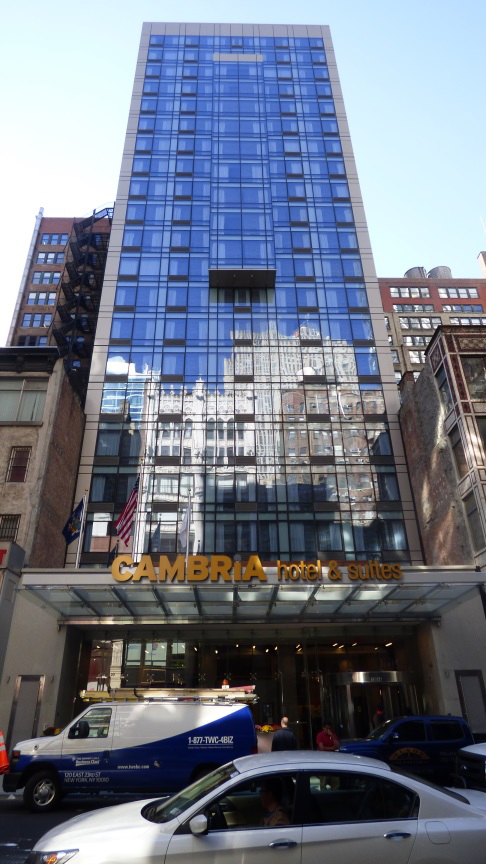News:
Green Buildings
Posted: November 26, 2012
Evaluating your climate change physical risks
Superstorm Sandy has certainly put climate change effects in people's minds. The consensus of scientific opinion is that the added heat in the oceans and atmosphere at least contributed to the severity of the storm which wrecked havoc on buildings in New York, at an estimated cost of $30 billion or more.
NASA has been measuring sea level rise with sophisticated measurements, and has recorded a rise of about one-eighth of an inch annually. While this does not appear great, it has major impacts. By raising the base of the ocean, even "normal" storms can have greater impacts and cause flooding when past storms of similar intensity would not. This raises the chances of a one-in-100 year storm to hit an area to be about once in 30 years in some areas. It is amazing to know that 200 years ago N.Y.C.'s urban planners accurately designed the development of the harbor area to withstand one-in-100 year storms, as Manhattan has rarely flooded in its inhabited history. But the calculations are all different now, in part due to Climate Change. In fact this is a national issue, as over 5 million Americans live on land less than 4 ft. above high tide. As we saw with Sandy, when disaster strikes, billions of dollars are necessary to rebuild. NASA believes severe, impactful flooding could be regular events.
There are shared operations. One study indicated that there are nearly 300 U.S. energy facilities located on land below the 4 ft. level, including oil refineries and power plants. Many buildings are located on a coast for shipping, cooling water and convenience, built before climate change sea level rise was understood. Now the risk that they can be impaired by storms may be significant.
How might this affect your assets? Does your company have buildings, plants, or infrastructure near water? If so, it is time to recognize and evaluate the potential physical risks of more frequent storms and flooding adversely affecting your buildings. Can a major storm and flooding shut down your building, damage infrastructure (boilers, elevators), or close crucial roads? What can be done to mitigate the effects if a one-in-100 year storm occurs more frequently? Evaluate and adjust accordingly. This costs money, but one recent study showed a 5 to 1 return on investment of upgrading flood mitigation.
CCES can assist you with a climate change risk evaluation program and put together the right technical team to assess the physical and economic risk to your operations.
Marc Karell, P.E., CEM, is the president of Climate Change & Environmental Services, LLC, Mamaroneck, N.Y.
Tags:
Green Buildings
MORE FROM Green Buildings
IREON Insights: DURA Architectural Signage manufactures and delivers over one million signs
Long Island City, NY Since its founding in 1955, IREON member DURA Architectural Signage has proudly manufactured and delivered more than one million signs to clients across a wide range of industries. From architectural interior signage to large-scale exterior installations, their work can be seen in corporate

Quick Hits







.gif)


.jpg)
.gif)